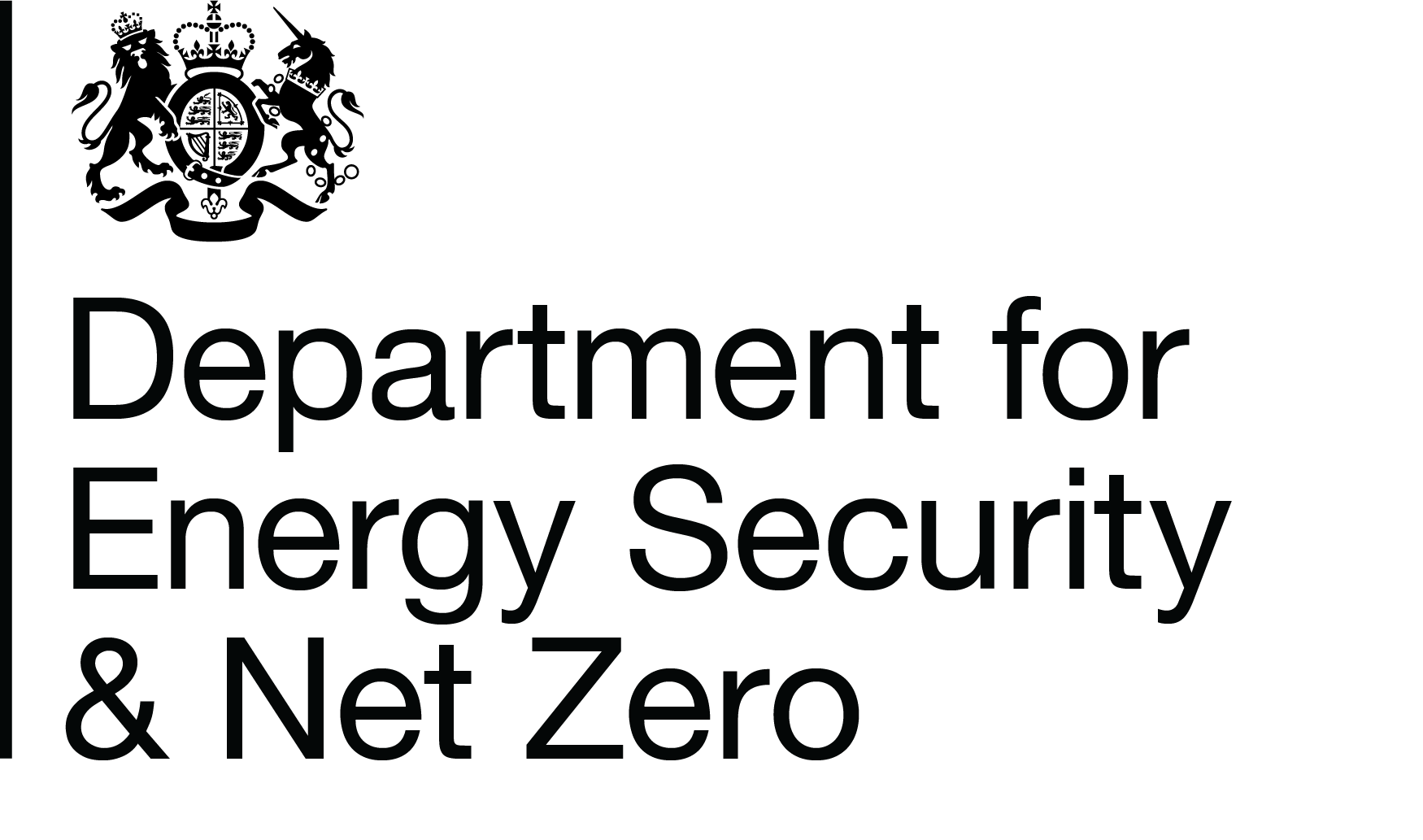Radio Equipment Directive Consultation
Overview
The Government seeks views from stakeholders on the UK implementation of the Radio Equipment Directive 2014/53/EU (the Directive). The Directive came into full effect on 13 June 2016. This consultation does not address the content of the Directive as this has already been negotiated and agreed and was previously consulted on.
The Directive replaces the Directive on Radio and Telecommunications Terminal Equipment (RTTE) 99/5/EC as amended. It ensures that radio equipment placed on the market or put into service in the EU and EEA (European Economic Area) meets essential safety requirements. The Directive also contains requirements for avoidance of harmful interference with the radio spectrum.
The Directive is one of a number of Directives that support the free movement of goods within the EU and EEA. This consultation seeks views on the Government’s proposed implementation of the Directive into UK law. We are seeking views from stakeholders about 3 key areas of our proposed implementation:
- UK Draft Regulations to implement the Directive
- Enforcement of the UK Regulations
- The UK Impact Assessment on the Regulations
This consultation is relevant to: manufacturers, importers and distributors of radio equipment and white goods; enforcement authorities; trade associations; RED Notified Bodies; consumers; and other Government Departments and Agencies.
The consultation document is available below, together with the UK Draft Regulations and UK Impact Assessment.
What happens next
This consultation is necessary to inform Government about likely effects of the implementation into UK law of the Radio Equipment Directive (2014/53/EU). Following consideration of the replies to this consultation the Government will publish its response. The Government’s response document will be placed on the GOV.UK website and copies of the replies made available on request. Please refer to Section 3.2 of the consultation paper for the policy on confidentiality.
Audiences
- SMEs (small and medium businesses)
- Large businesses (over 250 staff)
- Multinational businesses
- Trade bodies
- Legal representative
- Medium business (50 to 250 staff)
- Micro business (up to 9 staff)
- Small business (10 to 49 staff)
- Technology (R&D)
- Consumer organisations
- Innovation community
- Consumers
- General public
Interests
- Science and society
- Innovation
- Regulation and red tape

Share
Share on Twitter Share on Facebook